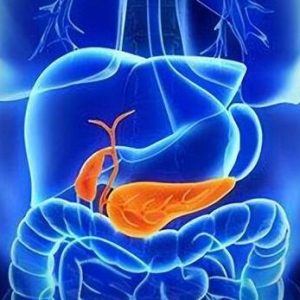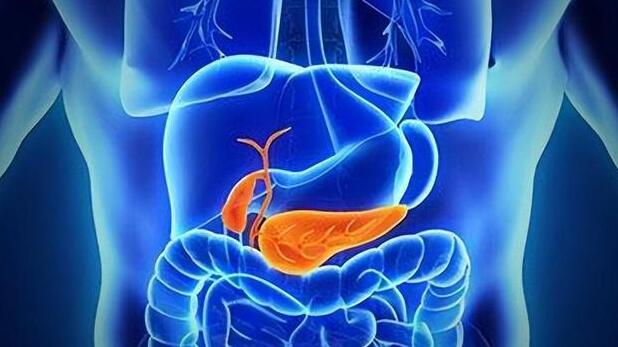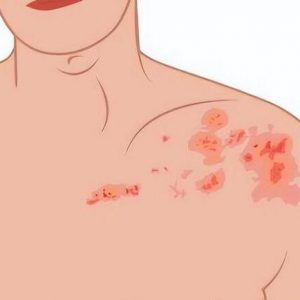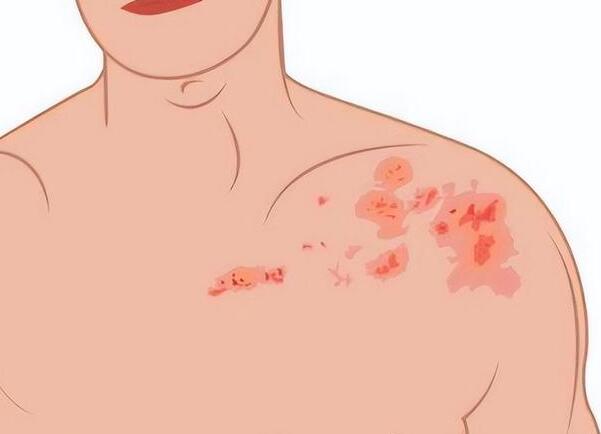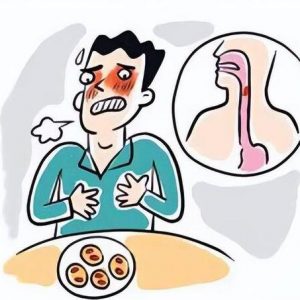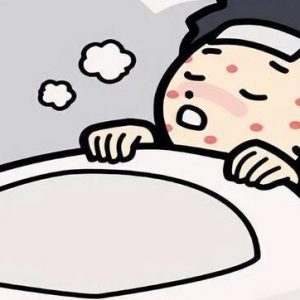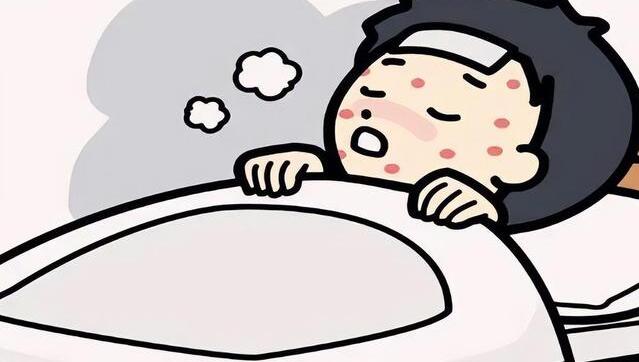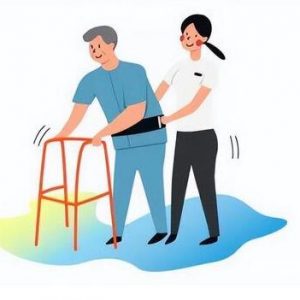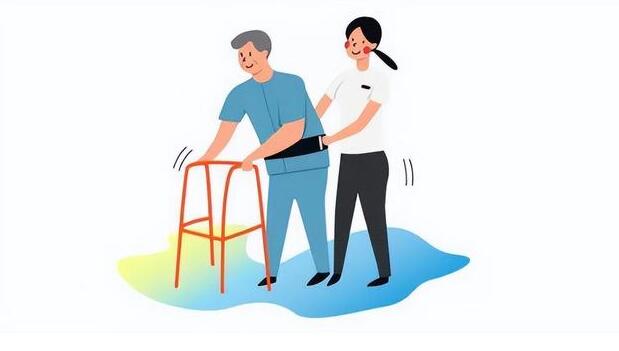Nail-biting is a common concern among parents, with many children starting this habit from preschool and continuing into their school years. Despite parents’ efforts, it remains a challenging behavior to correct. Chronic nail-biting or chewing on the skin around the nails can lead to deformed nails, bleeding wounds, paronychia (nail bed inflammation), calluses, and even misaligned teeth. Some children bite not only their fingernails but also their toenails, with some continuing the behavior into middle school.
How can we address this habit? Psychiatrists have compiled ten strategies for different populations of nail-biters.
1. Rule Out Psychiatric Disorders
Parents should first consult a psychiatrist to assess if there are any underlying issues such as Attention Deficit Hyperactivity Disorder (ADHD) or emotional disorders that might require medication or psychological intervention, and whether family education methods need improvement.
2. Complete Trace Element Testing
Targeted supplementation of lacking trace elements can be beneficial. Daily small doses of iron, magnesium, zinc, and vitamins like D3 and B-complex can support neural and physical development.
3. Distraction Techniques
For children without indications for medication or psychological intervention and whose issue is purely habitual, distraction techniques can be used. When a child is caught biting their nails, they can be subtly and naturally guided towards another activity.
4. Bitter Nail Polish
For younger children, bitter nail polish, also known as ‘bitter nail gel’, can be applied. Studies suggest that using bitter nail gel is more effective than reminder wristbands. For very young children, gloves can be used to physically prevent contact between lips and nails.
5. Stress Relief Tools
Older children who bite their nails while doing homework or reading can be allowed to fiddle with erasers or stress balls, or even given hand beads or walnuts to play with. These small actions can distract them from damaging their fingers and nails.
6. Hand Care
Regularly trimming children’s nails, applying hand cream, and massaging their hands can foster a habit and awareness of taking care of oneself.
7. Sparking the Desire for Beauty
Adorning girls’ nails with pretty stickers or giving them cute rings and bracelets can stimulate their love for beauty, naturally reducing nail-biting behavior.
8. Keeping Hands Busy
Encouraging children to use their hands for activities like finger exercises, shadow puppets, or learning instruments that require the use of nails, such as guitars or guqins, can help redirect their attention.
9. Teach Self-Restraint
Children can be taught to resist the urge to bite by pressing their thumb or another finger against the palm of their hand. If they really want to bite, they can start by avoiding one finger and gradually increase the restraint.
10. Praise and Rewards
When children show progress, parents should praise and reward them. Children can choose their own rewards to increase motivation. Parents can also take photos of their hands before and after, displaying them to visually demonstrate progress and boost self-confidence in self-control.
In cases where children face significant academic pressure or parents lack the time and energy to implement these suggestions, parents should avoid excessive worry and blame, which can add to the child’s psychological burden.
Generally, nail-biting tends to diminish with age. Even without intervention, most children will outgrow the habit by around 14 years old. Parents can focus on their children’s strengths and spend more quality time together, creating fond memories that will become a source of emotional support as children grow.
Statistics on Nail-Biting Among Adolescents
According to studies, the average age for the first occurrence of nail-biting is around 5 years old, with an incidence rate of about 20%-30% among adolescents, slightly higher in females than males. As they age, the behavior tends to decrease, with the average cessation age being around 14 years old.
Nail-biting is categorized as Onychophagia, along with other impulse control disorders like Trichotillomania (hair-pulling), dermatillomania (skin-picking), and biting of the lips or cheek mucosa. Research indicates that about 40% of adolescent nail-biters may have ADHD, with higher rates of anxiety disorders, obsessive-compulsive disorder, and tics compared to the general population.
Some children may experience tension or irritability but lack better coping mechanisms, resorting to oral comforting habits like nail-biting, which over time becomes a habit persisting even in the absence of anxiety.
